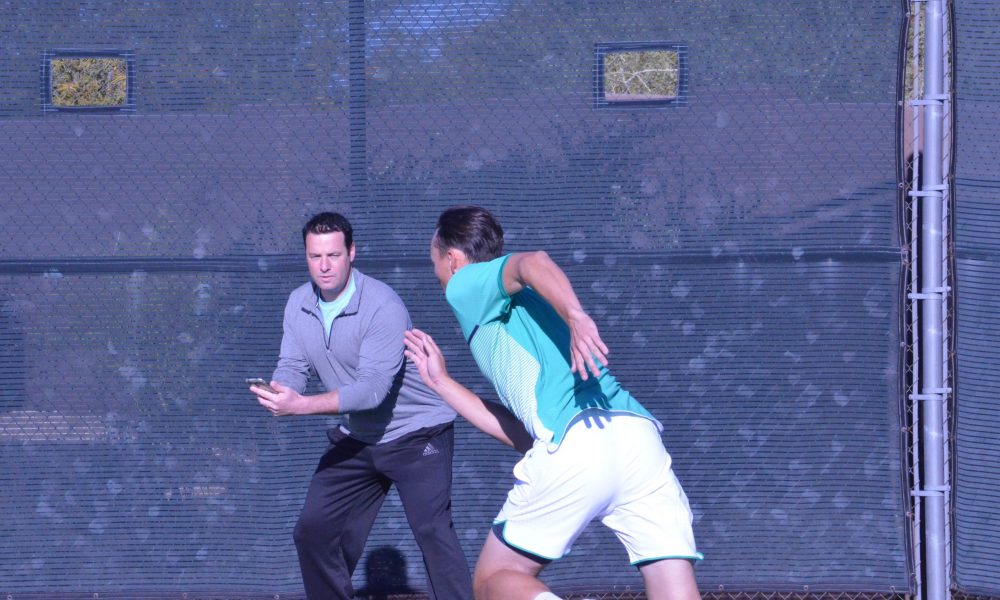Athletic Development
Tennis Physiology: Training the Competitive Athlete

Mark Kovacs’ article “Tennis Physiology: Training the Competitive Athlete,” published in Sports Medicine in 2007, delves into the transformation of tennis from a sport of finesse to one of power and speed, as evidenced by the prevalence of 210 km/h serves. Over the past two decades, this shift has sparked a surge in tennis-related research. The article emphasizes the unique demands placed on competitive tennis players, who must possess a blend of anaerobic skills like speed and agility, coupled with robust aerobic fitness. The typical work-to-rest ratios in matches fall between 1:3 and 1:5, with fatigue significantly impacting players’ accuracy.
Elite male tennis players typically boast body fat percentages under 12% and maximal oxygen uptake (VO2 max) values exceeding 50 mL/kg/min, with some players reaching as high as 70 mL/kg/min. Lactate testing in tennis players has yielded inconsistent results, with some studies showing increased lactate levels during play and others indicating little change. This discrepancy underscores the need for further research to elucidate lactate’s role in tennis performance.
The average duration of a tennis point has dwindled to less than 10 seconds, a marked decrease from 20 years ago. This trend underscores the need for more research into the physiological responses to tournament play, including fatigue, recovery, hormonal fluctuations, and injury risk. The article also highlights the importance of fluid and electrolyte intake during training and matches, especially in hot conditions, to maintain performance and prevent injury.
Kovacs stresses the multifaceted nature of tennis, which requires a finely tuned balance of tactical, technical, psychological, and physical components. However, there is a dearth of research on how best to structure and train these elements effectively. The article calls for continued scientific inquiry into all aspects of tennis to develop more efficient and safer training programs that enhance performance and reduce injury.
In conclusion, Kovacs’ article provides a comprehensive overview of the physiological demands of competitive tennis and underscores the ongoing need for sport-specific research to inform the development of effective training and competition strategies.
FULL ARTICLE: Tennis Physiology: Training the Competitive Athlete











You must be logged in to post a comment Login